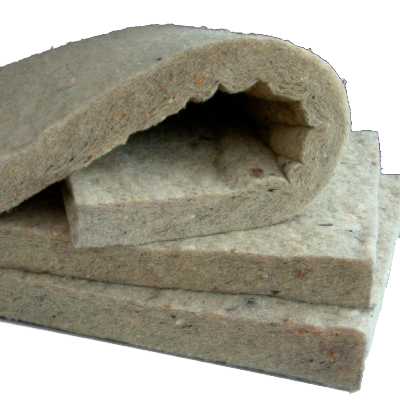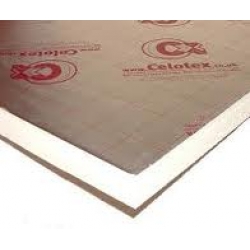Basic Ways of Fixing Condensation Problems

by Mark Row
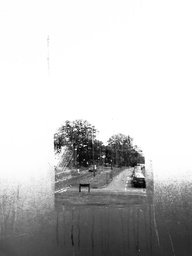 How Does Condensation Affect Your Home?
How Does Condensation Affect Your Home?
If you have ever noticed tiny drops of water on your windows, walls, framework or your furniture, it is most likely you are dealing with condensation problems within your home. Though it might not seem as a serious problem at first, note that if this problem is not dealt with properly and preventively, it can easily grow into something that can be very expensive and time consuming to fix. This is why it is important to get to know with some basic ways of fixing condensation problems, which are – believe it or not – not as demanding as it may seem at first. In only a few simple moves and actions, you could create a warm and dry environment for yourself and your family.
What is condensation and how to detect it?
 Condensation is actually a process occurring whenever warm air comes into contact with colder air or colder surfaces. Namely, both inside and outside air contains certain amount of moisture, dictated by the temperature of the air – the warmer the air, the more moisture it can generate. Now, when such warm air comes in contact with cold air or some cold surface (like your walls, for example), it is unable to retain the same moisture level, so it simply releases it into the air or onto the surface, causing droplets of water to appear.
Condensation is actually a process occurring whenever warm air comes into contact with colder air or colder surfaces. Namely, both inside and outside air contains certain amount of moisture, dictated by the temperature of the air – the warmer the air, the more moisture it can generate. Now, when such warm air comes in contact with cold air or some cold surface (like your walls, for example), it is unable to retain the same moisture level, so it simply releases it into the air or onto the surface, causing droplets of water to appear.
Let’s move onto some basic terms. Condensation is caused by our every day activities which contribute to warming up the air on the inside, and not only by some heating devices, but also by washing, cooking or even breathing. As previously explained, when warm air comes in contact with cold spaces or surfaces within our home, it can no longer preserve moisture but it releases it into the air. This happens at the so called “saturation point”, while the temperature reached at this point is called the “dew point”. If you have ever asked yourself when watching the weather forecast, what does “100 % of relative humidity” means, well it means that the dew point is reached, or that the moisture trapped inside the warm air has turned into water. Now, since we cannot basically stop performing everyday actions that could potentially cause condensation problems, we must find some alternative means to deal with it.
There are a few kinds of condensation that typically occur in our home. The first one is so called cold-bridge condensation, which can usually be seen on windows (do not mistake it with rising damp), at external wall basis and on the roof underside. It occurs when warm air comes in contact with cold surfaces which are below or at its dew point. Another one is the interstitial condensation which occurs inside fibrous insulation material which is warm on one and cold on the other side. This means that the moisture will be turned back into water and deposited inside the insulation material. And finally, there is warm-front condensation cause by warm air and cold air inside a usually unoccupied house, interact.
How to deal with condensation?
The following explains some basic ways to prevent or fix condensation problems. Note that some solutions are very basic and will not take too much of your time, but can greatly affect many aspects of your life.
1. The first way is to affect and control the previously explained relative humidity in the air. As mentioned, it is usually caused by everyday actions we perform within our home, especially kitchens and bathrooms, where humidity levels are much higher. There are a few basic ways to deal with this problem. Firstly, try using extraction fans in high humidity places and close the door, that is separate your bathroom (for example) from the rest of your interior while the fan is working, until all the excessive moisture is dried out. The next thing you could do is to cover the pans and kettles when cooking, which will prevent the vapour from causing condensation problems. Try drying your clothes outside, or if there is no alternative, just close the door and open the window so the moisture does not stay trapped inside. Also, avoid using haters which release a lot of moisture like the flueless bottled gas or paraffin heaters.
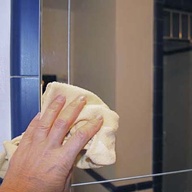
Use a Layer of Car Wax on Your Bathroom Mirror to Stop it From Fogging Up
2. The next thing that will keep your condensation issues down low is proper ventilation. This goes for every space within your home, but is especially applicable to previously mentioned high humidity places like kitchens and bathrooms, but also your cupboards and wardrobes, where too many stacked clothes will stop the air circulation and ultimately damage your clothing. Apply some simple tricks to avoid this, such as placing small, electrical fans in your bathroom or cutting holes on the back of your wardrobes or shelves that will allow some air in and the moisture out. Try not to place your furniture tightly against interior walls, but always leave some space between. Finally, use trickle vents on your window or more advanced, so called heat-recovery ventilation systems, which will lead the damp, stale air outside while bringing the fresh air in by using a separate grille.
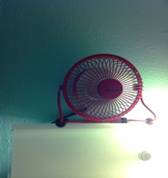
Install a Bathroom Ventilation Fan
3. Last, but certainly not least is insulation. There are a few places in your home that should be insulated due to condensation problems. Firstly, the windows. Basically, the only way to prevent your windows from being constantly wet is by adding a secondary glazing to your existing windows or simply replacing them with brand new double-glazed windows, which will provide a barrier between the cold weather outside and the warm air inside (especially during cold winter and autumn months). Double-glazed windows, especially made from low-E glass, will reduce the heat exchange between the two glass panes and keep the inner pane warmer, thus closer to inner temperature.
However, the windows are not the only place that should be insulated. Know that lofts and attics can also contribute to condensation problems, so consider loft insulation, which is basically a DIY task and can be done within a day by using some glass or rock insulation material or some rigid board insulation (like PIR boards), as an alternative. Another place worth insulating are your walls, whether on the inside or the outside. While interior wall insulation is a simpler task (usually done by using rigid boards or mineral wool), exterior wall insulation systems are a more complete solution, but also a more expensive and more complicated one (the material most commonly used are rigid boards combined with cladding or some render). Finally, consider cavity wall insulation by using rock, sheep or glass wool, or PIR board insulation.
If you have more tips for Solving Condensation Issues, feel free to post them in the comments section below. I will be more than happy to answer any questions you might have.





























































































































